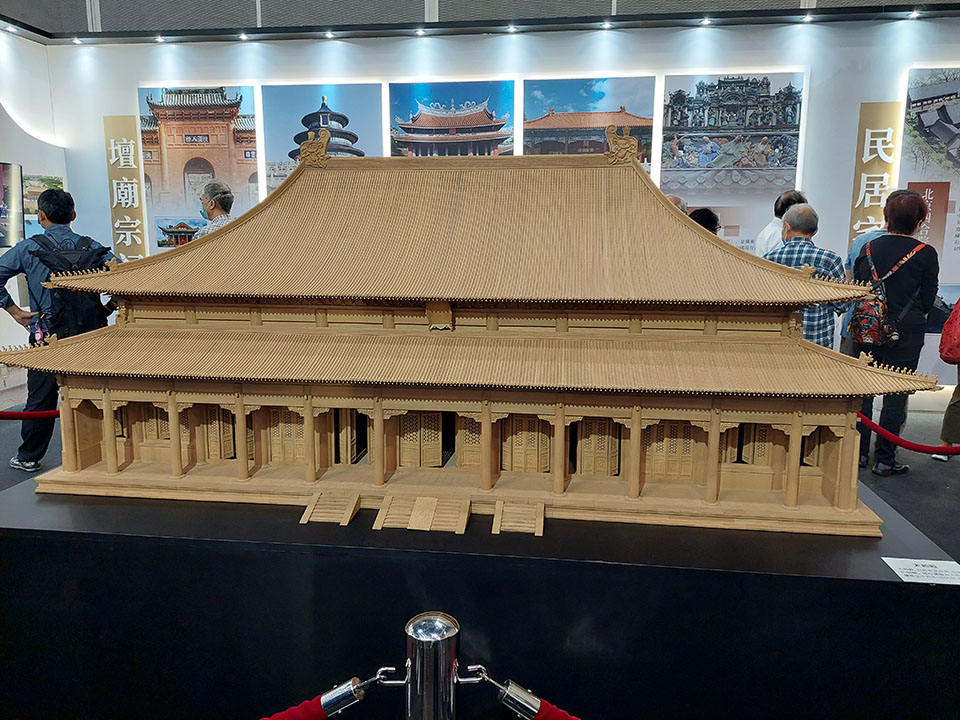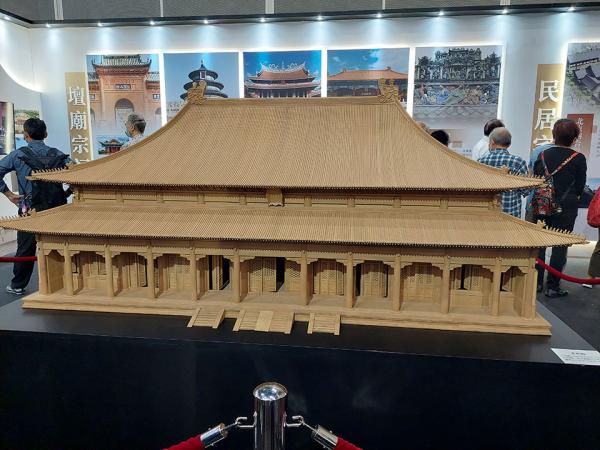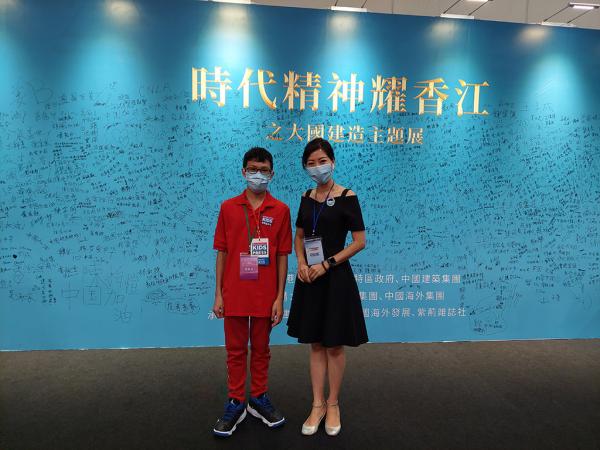KID REPORTERS’ NOTEBOOK
Chinese Architecture is Celebrated in Hong Kong


A week-long exhibition at the Hong Kong Convention and Exhibition Center showcased Chinese architecture, including a model of the Summer Palace, which was built in 1709.
Last October, a week-long exhibition at the Hong Kong Convention and Exhibition Center showcased Chinese architecture. The country has long been known for its pagodas (Buddhist temples) and palaces. The event coincided with the 24th anniversary of Hong Kong’s switch from British to Chinese control.
“The exhibition aims to promote national pride,” said Carrie Lam, the chief executive of Hong Kong, which is a special administrative region of China.
China can trace its history back thousands of years. Many ancient dynasties came and went, with each era reflecting new architectural feats. One of the models on display depicted the Summer Palace, which was built in 1709, during the reign of Emperor Kangxi [kan-she] of the Qing Dynasty. Situated on more than 864 acres in Beijing, the complex of palaces and gardens once served as a lavish retreat for Chinese emperors, who were thought to be sacred representatives from heaven.

At the architectural exhibition, Brian spoke with Fionz Chan, who is vice president of the Hong Kong Association of Docents.
LOOKING TO THE FUTURE
China is now home to several modern architectural treasures. These include a hospital in Hong Kong that was completed in just four months to treat patients with COVID-19, the disease caused by the coronavirus. Other notable structures include the Shanghai Tower, the third-tallest building in the world, and the Qinghai [ching-ha-hi]-Tibet railway. The high-elevation railway was completed in 1984. Its route includes a station in the Tanggulla Mountains that is the highest railway station in the world.
Another celebrated structure, the Bank of China Tower in Hong Kong, was designed by renowned architect I.M. Pei. Its triangular shape was inspired by bamboo shoots, symbolizing growth and hope.
Looking to the future, Chinese architects are exploring several possibilities, including the concept of “sponge cities.” This innovation could help with the country’s water shortage by absorbing rainwater and turning it into drinking water.
“The purpose of this exhibition,” said Fionz Chan, one of the organizers, “is to show that China is not just thinking about the past, but also the future.”
